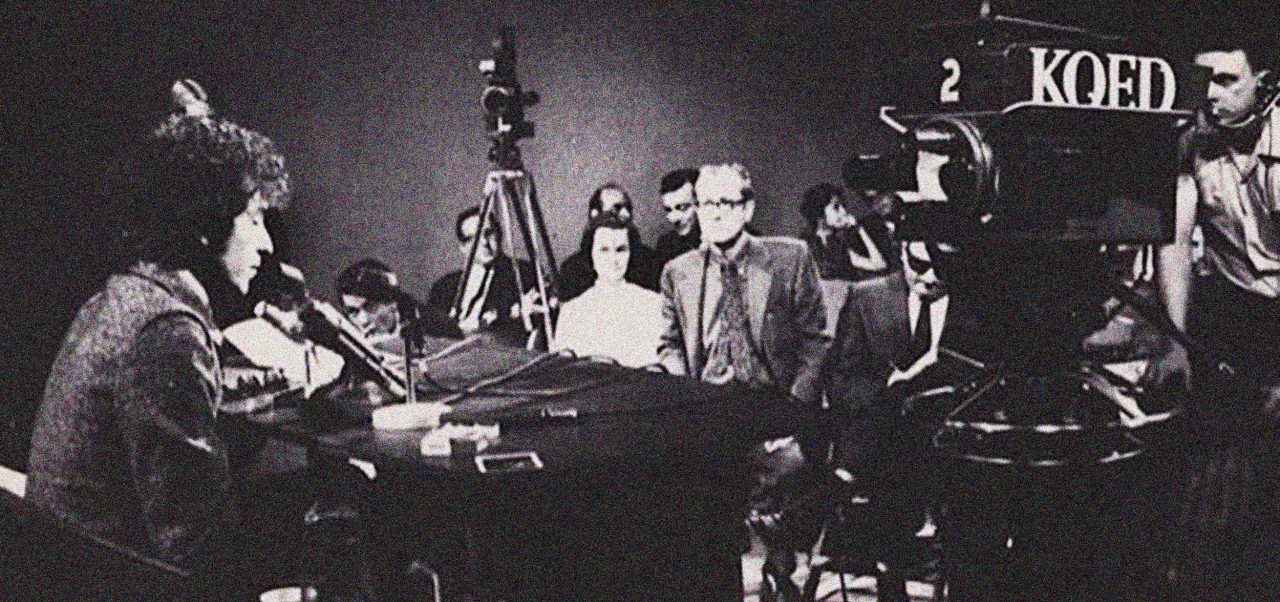
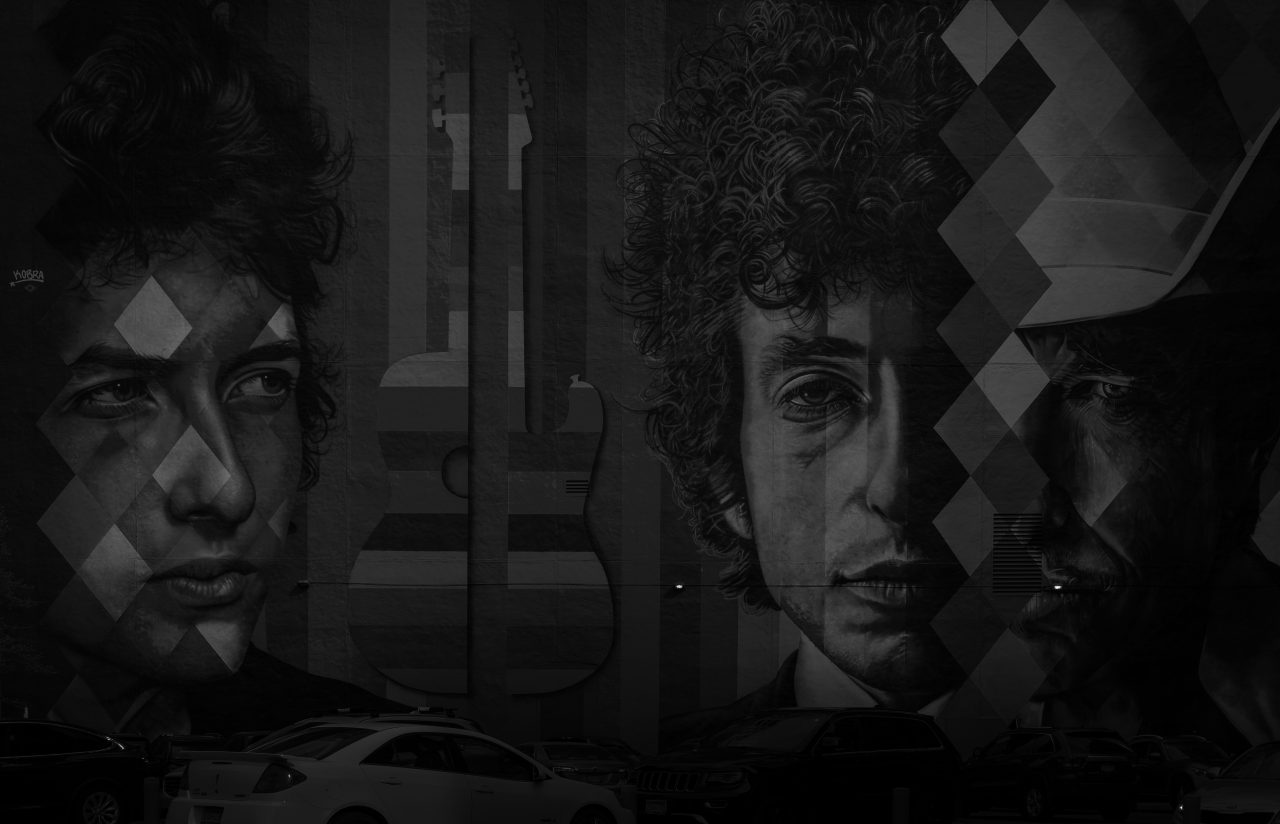
Mørk Bob Dylan-bakgrunn
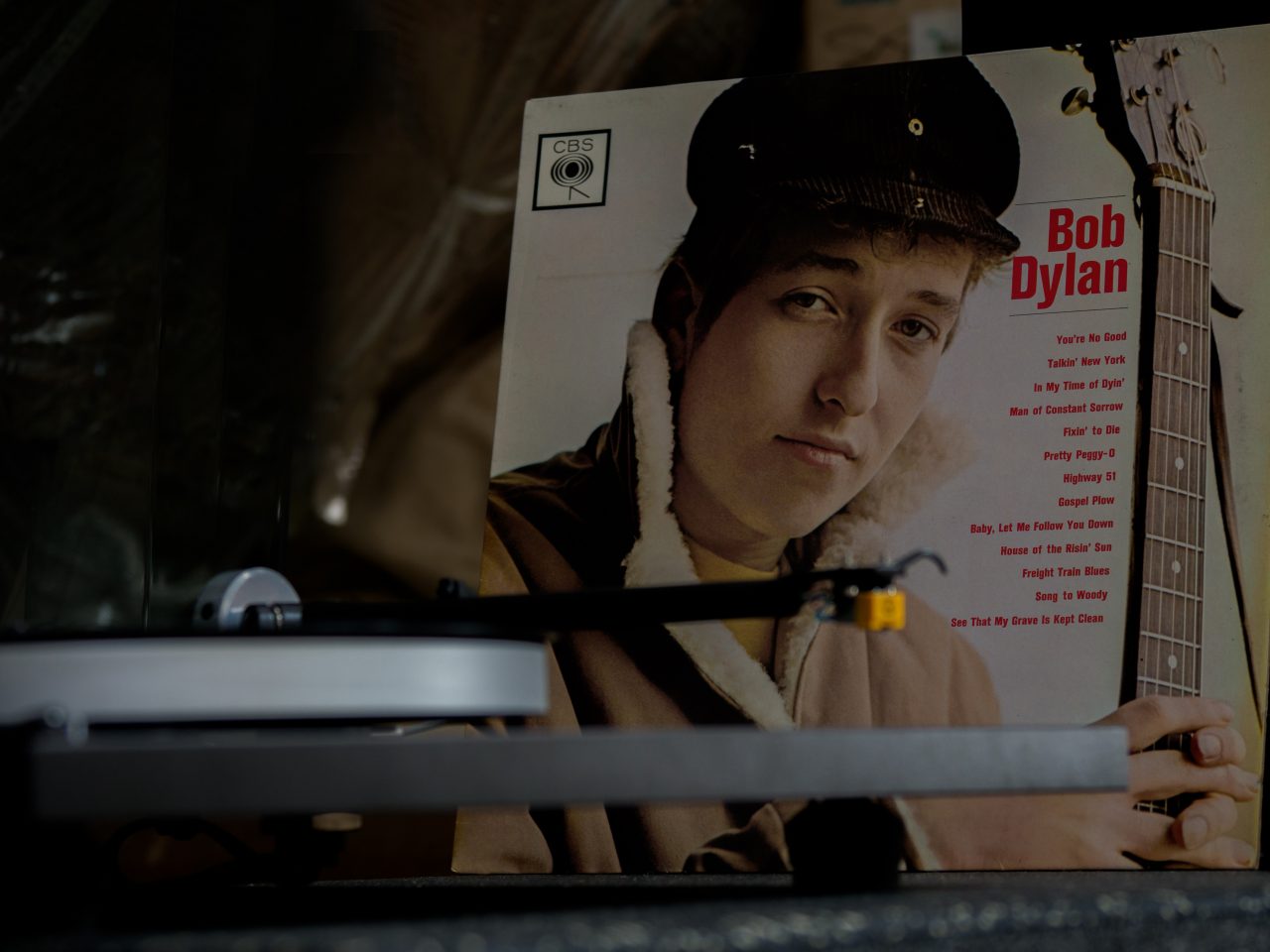
Bob Dylans debutplate
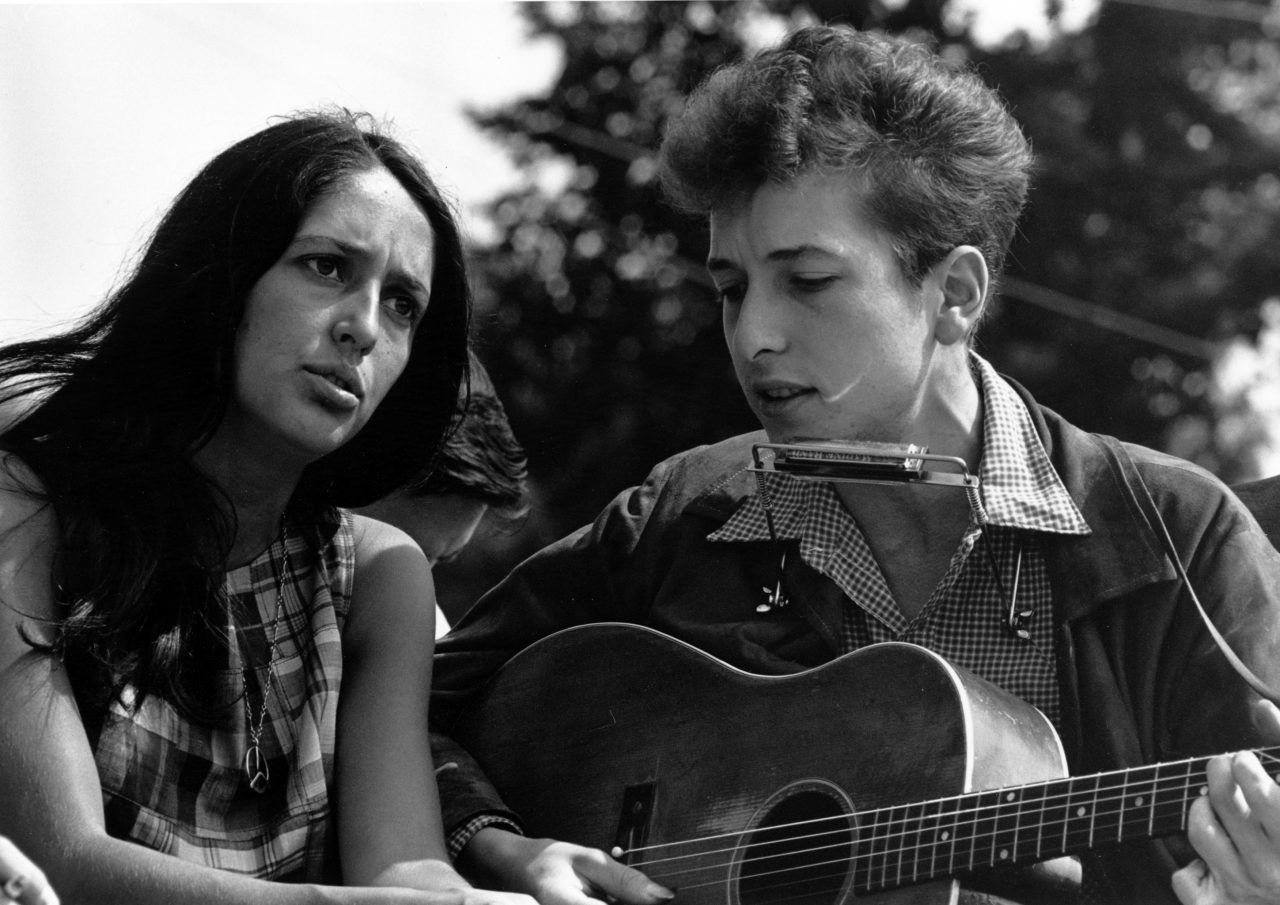
Bob Dylan og Joan Baez i 1963 "The March on Washington"
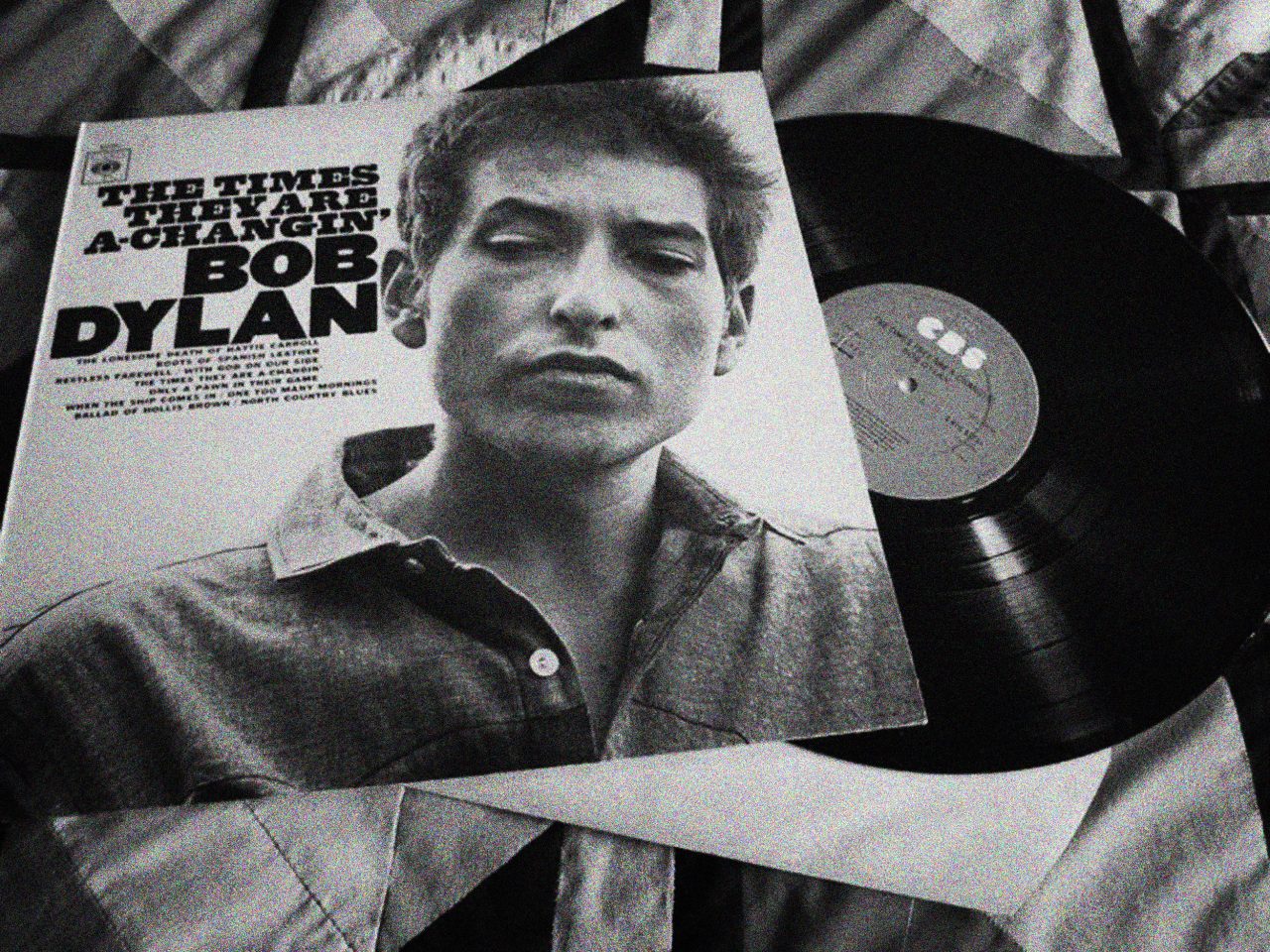
Bob Dylan – The Times they are a-Changin'
Can’t please everyone
By the mid-1960s, Bob Dylan had become common property in the United States. He promoted peace and stood up against poverty, racism and inequality. Dylan himself didn’t like this role and was quoted saying, “One thing I know is that you can’t please everybody” in an interview. “Either they like me or else they slam me.” Eventually, he couldn’t stand to live this way and decided to follow his own path and write songs about the things that he himself was interested in.
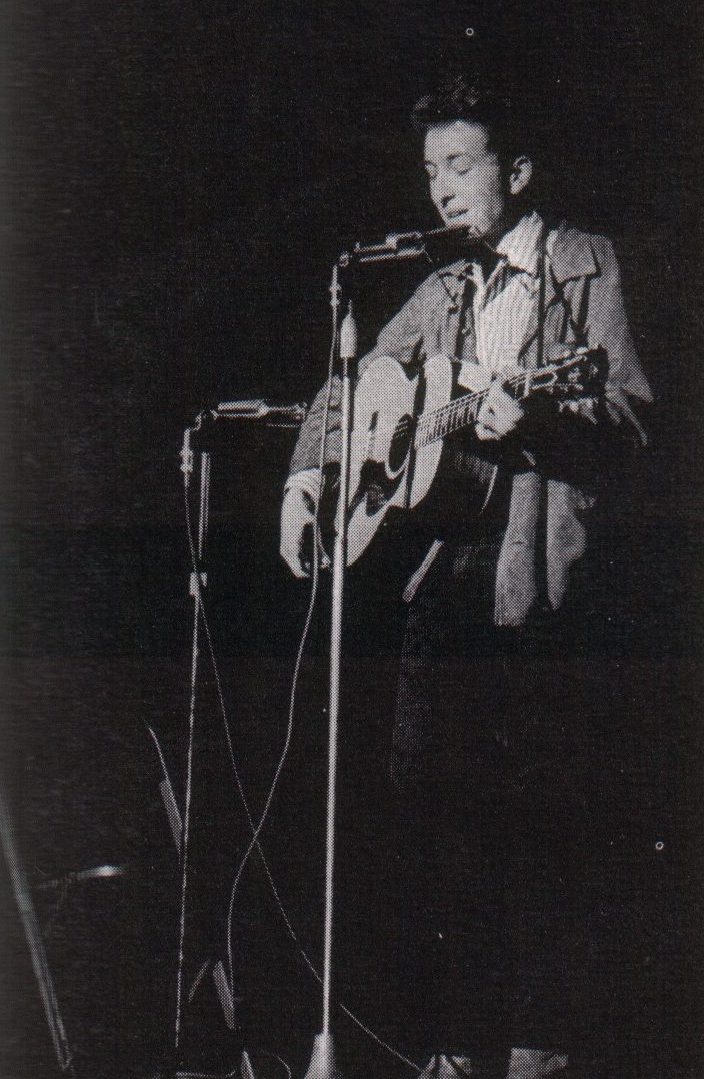

Mørk Bob Dylan-bakgrunn

Bob Dylan-kunst i Minneapolis
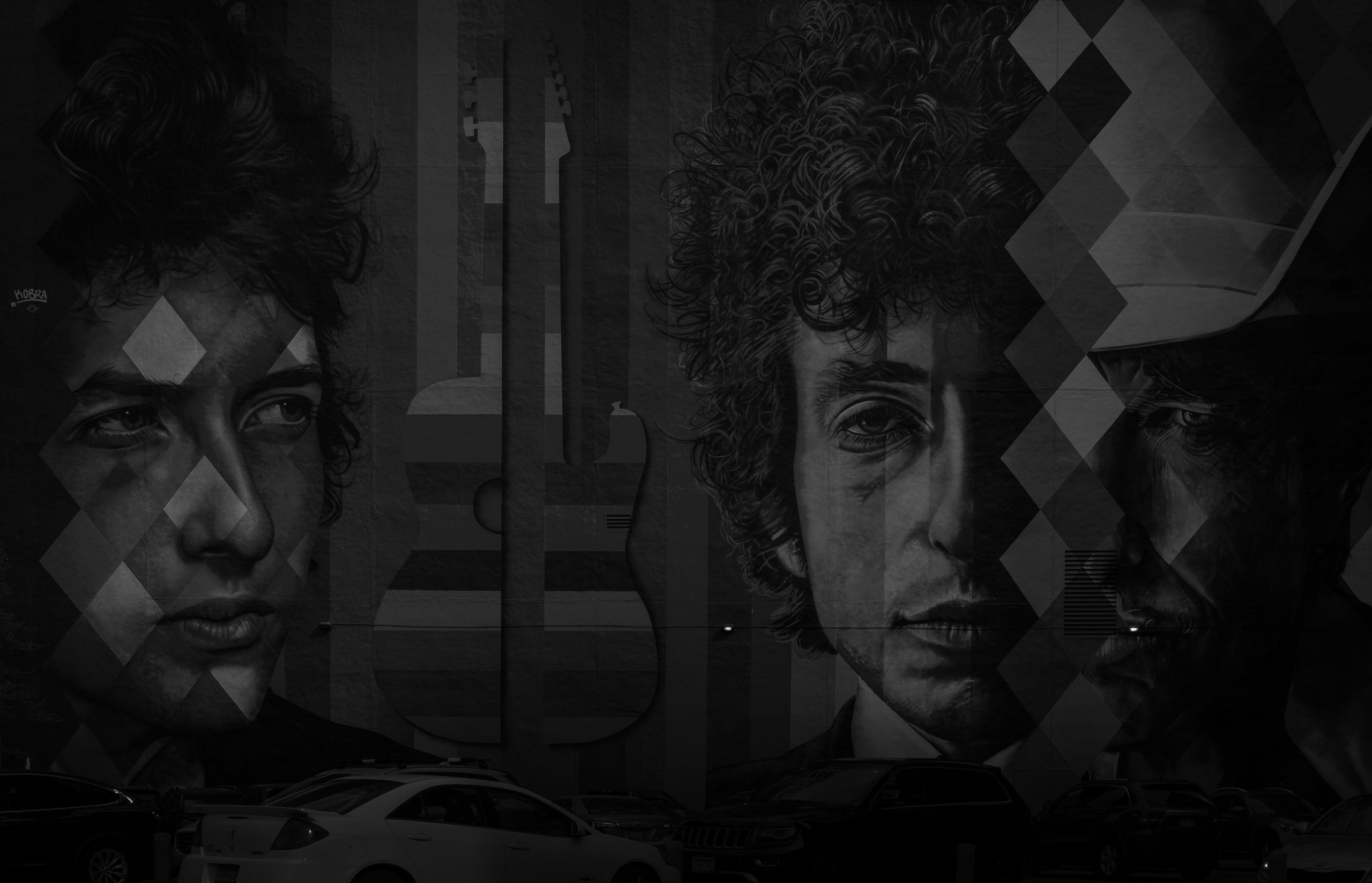
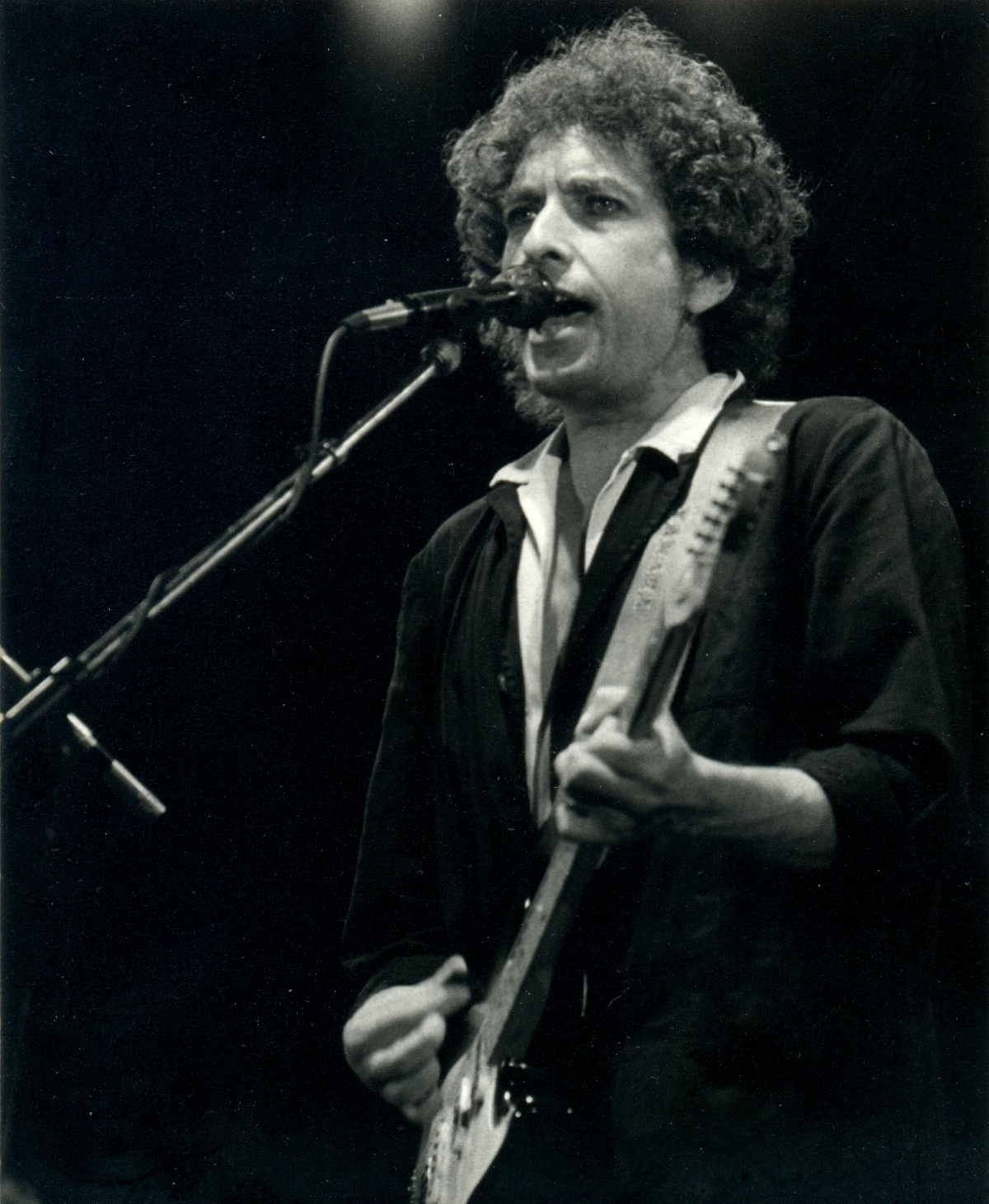
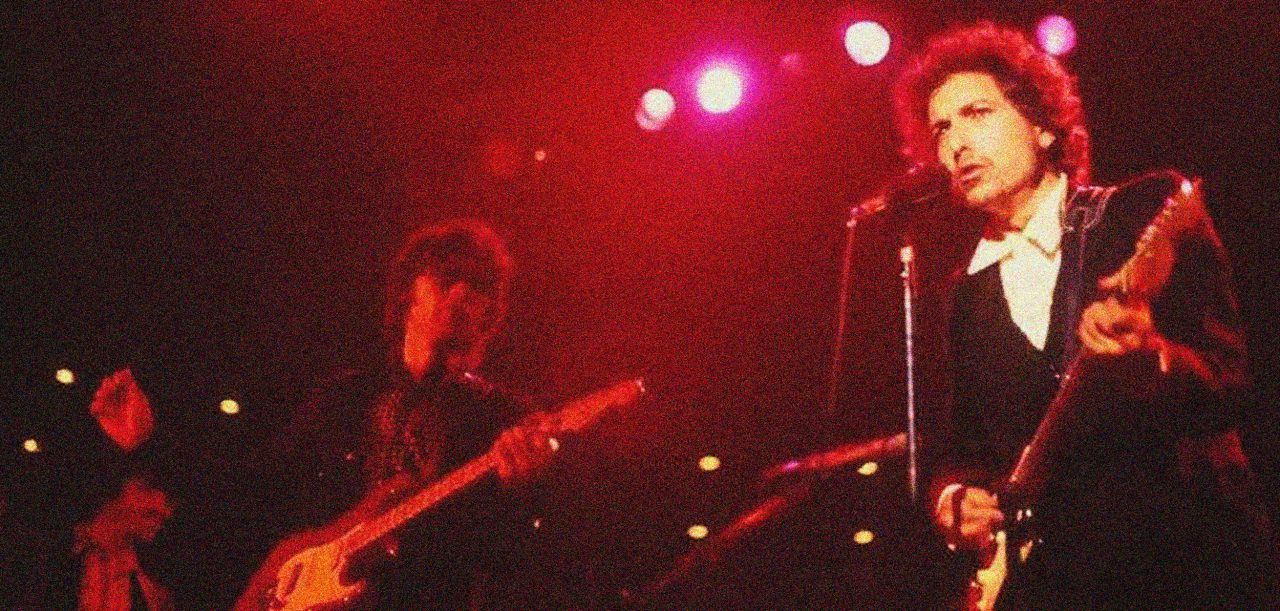
Born-again Christian
In the late 1970s, someone threw a silver cross onto Bob Dylan’s stage. He picked it up, hung it around his neck, and took it as a sign from God. Over the next few years, Dylan used his music and the stage to preach about his savior. This was disliked by many of his fans, who left his concerts. Critics also distanced themselves from this. Where audiences wanted to hear “Like a Rolling Stone”, Dylan would rather talk about Jesus.

Mørk Bob Dylan-bakgrunn
Honor in the White House
In 1997, Dylan was honored by President Bill Clinton in the White House. The President’s words when Dylan got his medal have become legendary. “He probably had more impact on the people of my generation than any other creative artist. His voice and lyrics haven’t always been easy on the ear, but throughout his career Bob Dylan has never aimed to please. He’s disturbed the peace and discomforted the powerful.”
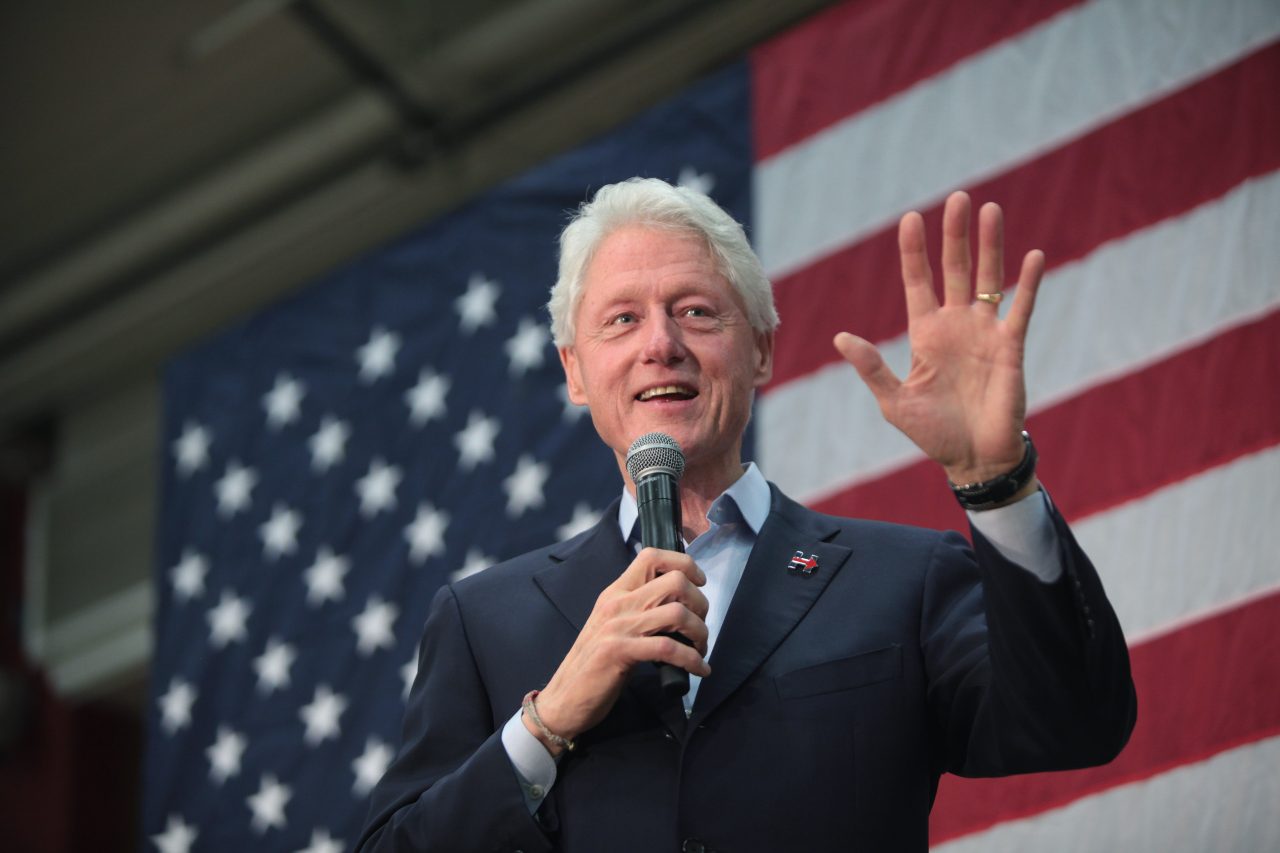
Bill Clinton
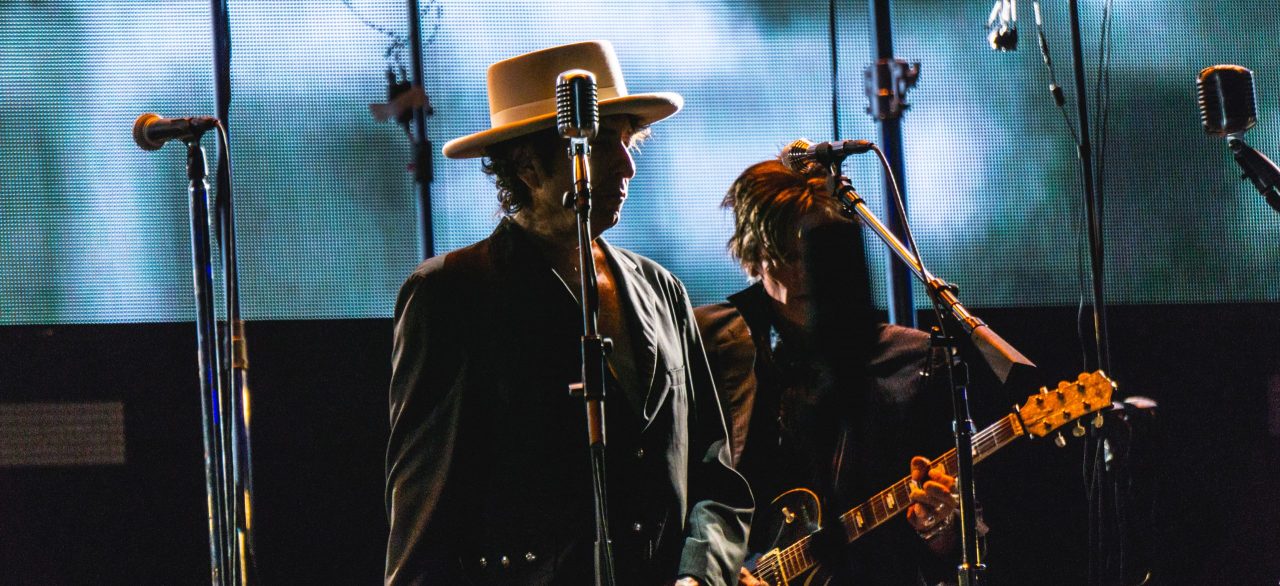

Mørk Bob Dylan-bakgrunn
Sources:
- Bergan, Jon Vidar; Selnes, Gisle: Bob Dylan i Store norske leksikon på snl.no.
Henta 11. januar 2021 frå https://snl.no/Bob_Dylan
- Den komplette guiden til Dylan (2019):
Orage Forlag AS
- NRK (12.01.2021): Bob Dylan stiller ut i Danmark
https://www.nrk.no/kultur/bob-dylan-stiller-ut-i-danmark-1.7277497
- NRK (12.01.2021): Bob Dylan tildeles Nobelprisen i litteratur
https://www.nrk.no/kultur/bob-dylan-tildeles-nobelprisen-i-litteratur-1.13176869
- The American Presidency Project (22.08.2022): Remarks at the Kennedy Center Honors Reception
https://www.presidency.ucsb.edu/documents/remarks-the-kennedy-center-honors-reception-2
Media Rights:
-
-
Robert N. Zagone (CC BY-SA 4.0)
-
Brett Jordan (CC BY 2.0)
-
Rowland Scherman / Bob Dylan – YouTube
-
Tony Hall (CC BY 2.0)
-
St. Lawrence College Yearbook (CC BY 2.0)
-
Sharon Mollerus (CC BY 2.0) / RockFM – YouTube
-
Ukjent (CC BY 2.0) / Metamorphosis Ya – YouTube
-
Mark A. Patrick (CC BY-SA 2.0)
-
Gage Skidmore (CC BY-SA 2.0)
-
Raph_PH (CC BY 2.0)
-
Related Careers
Did you find this exciting to read? Here are some suggested careers you can explore:






